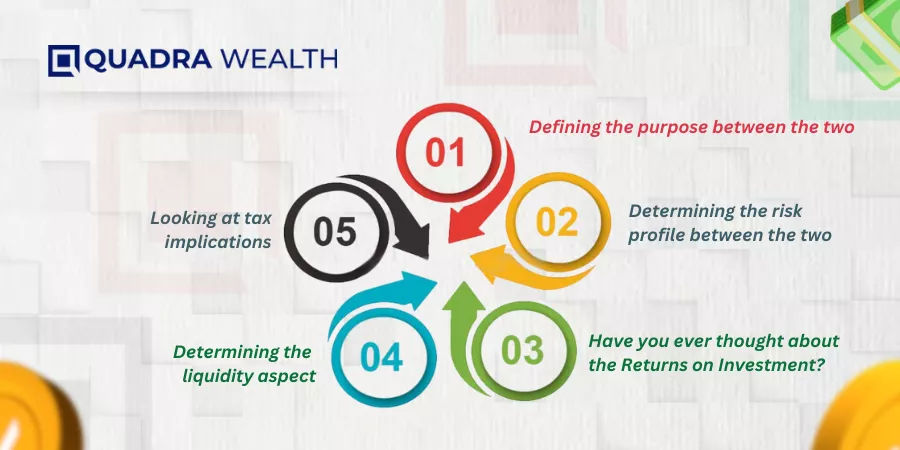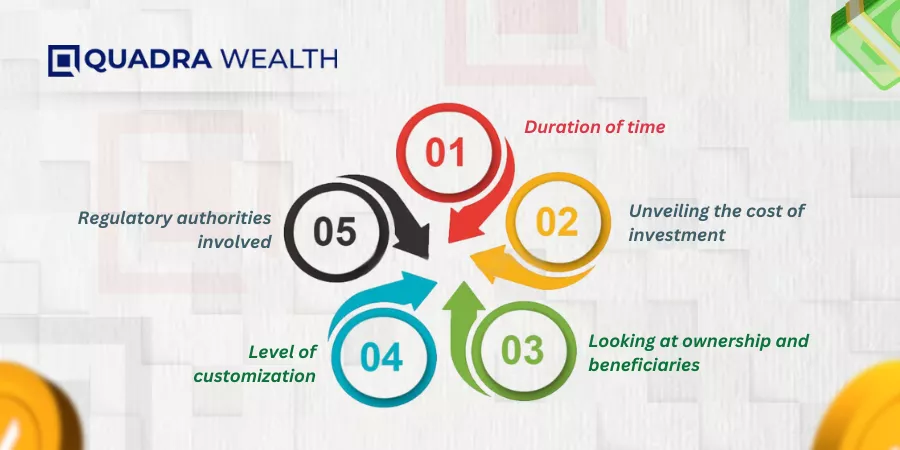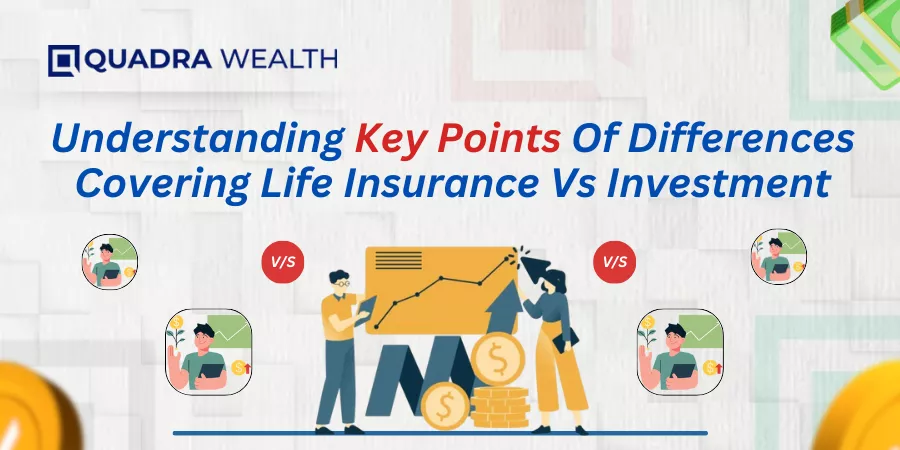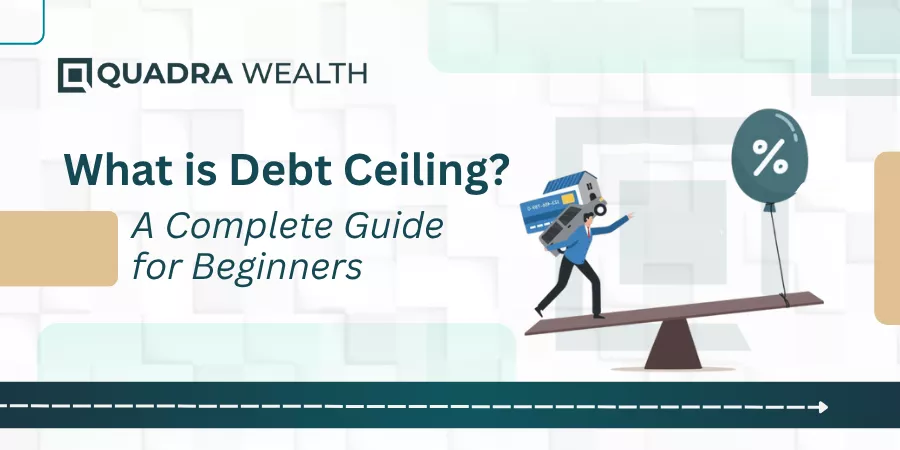Introduction
Quite a lot of newbie investors feel that payment of premiums every quarter or once every year can be a drain on their financial wherewithals. This is with respect to taking up an insurance policy and continuing its validity.
However, the catastrophe might not hit you while the going is good.
The emergency or contingency situation like a sudden loss of life in the family or a loved one needing an immediate medical emergency is not something a youngster with all that adrenaline rush would ever think of.
However, these are emergency or contingency situations that come to you without email notice. That is the primary reason why you should invest in life insurance or medical insurance. This is definitely a form of investment as you would get the policy assurance amount upon a sudden death inside the family or when your loved one suffers medical hospitalization, would the hospital bills be covered under a life insurance policy that offers add-on medical or health care facilities too for the primary policyholder.
On this parlance, let us discuss the key points of difference covering Life Insurance Vs Investment. Helping you get started here:

Defining the purpose between the two
Life insurance is primarily designed to protect your loved ones in case the family has to survive the immediate death of an earning member or the breadwinner inside the family. The life insurance provides a death assurance amount to protect the family in case of an immediate death to help surviving family members maintain their overall standard of living.
Whereas with respect to investments, you have diversified portfolios to help individuals perform better while they are alive. Building diversified investment portfolios refers to investing in shares, stocks, and bonds in organic ways and earning income payouts through coupons, interest earnings, and dividends. You can get regular payouts plus receive your capital sum at the end of the investment tenors.
Determining the risk profile between the two
Insurance is a component that comes to you with a lower level of risk profile. In exchange for premiums for term insurance coverage, you have a term life insurance policy activated under your name. For term insurance, you might not receive any returns unless the insured event occurs. For whole life insurance, you do receive returns as you have an investment component attached to the same. However, the returns on investment are moderate and not very attractive.
Whereas, in an investment scheme, the investors have a high-risk-high returns ratio. This is mainly because the returns are determined by the volatility of market conditions. The returns you earn on every type of investment can also vary according to what you choose under your portfolio.
Have you ever thought about the Returns on Investment?
With respect to life insurance, the returns on investment are more or less applicable on whole life or universal life insurance policies that come to you with a higher assurance amount. The returns on investment are quite marginal as compared to traditional forms of investments like bonds or fixed-income securities.
Whereas, with respect to investments, you relate to diversified income-generating baskets that comprise stocks, bonds, and currencies. Although the investments are subject to market fluctuations, the returns on such investment options are usually on the higher side.
Determining the liquidity aspect
Life insurance policies are not very liquid in nature. You can borrow loans against the policy assurance sums provided you have been paying premium remittances for lock-in periods with the insurance service providers. The lock-period can usually vary between 3 and 5 years and this tenor differs from one service provider to another. You can get a surrender value if you wish to surrender the policy. This sum again would not be 100% of your capital assurance sum.
Whereas, investments are more liquid in nature. You can sell stocks, bonds, or shares as and when you feel like and get immediate cash value in lieu of the same. However, a few investment options might come to you with penalties for early withdrawals as they too come to you with specific lock-in periods of your initial capital investment.
Looking at tax implications
The death benefit that is usually issued by insurance service providers to beneficiaries is usually tax-free in nature. A few Governments from advanced economies like the UK, the US, and France also add tax waivers and cash-back benefits that get added with the final disbursement cheque amount.
Whereas, in the case of investments that primarily comprise stocks, bonds, and equities, the tax slabs can be done as capital gains or treated as regular sources of income and be taxed accordingly.

Duration of time
Life insurance is usually a long-term risk mitigation product that lies 10-15 years or even more. The coverage happens at the end of the tenor period or in the event of a death, whichever happens earlier. The disbursement cheques therefore happen at the designated tenor here.
Whereas, in the case of investments, you can choose your tenor periods according to the financial objectives you have in mind. A financial planner helps you with short-term, medium-term, or long-term goals and does your asset allocation process accordingly.
Unveiling the cost of investment
Life insurance refers to the constant remittance of premium amounts on a periodic basis. Members make the premium payments once every month or take up quarterly, half-yearly, or annual dispensations of premium amounts until they cover the assurance amount the life insurance policy holds.
Whereas, with respect to investments, you can sit with an investment or financial advisor hand-in-hand and discuss the financial obligations you have inside your family earning setup. You can choose between low-end investment options like mutual funds or exchange-traded funds if you do not have a huge capital base to bank upon. Therefore, investments are more flexible and can be customized or tailormade according to investor preferences.
Looking at ownership and beneficiaries
With respect to owning the life insurance policy, although you sign up for the policy as a primary or principal policyholder, the benefits of the policy or sum assurance amount go to your beneficiaries in the event of your demise. So, here, you cannot enjoy the death benefit amount while you are alive.
Whereas, with respect to investment options, the profits or losses the financial derivatives make directly get credited or deposited into your respective bank accounts. You can also streamline your passive source of income while you aim to build diversified income portfolios comprising shares, bonds, and currencies. This way, you get regular sources of income in the form of coupons, interest payouts, or dividend disbursements.
Level of customization
In the insurance industry, the primary policyholders do not have much of a say on decision-making affairs and would have to oblige with the standardized set of rules or norms the policy documents cover. Therefore, there is very less degree of customization here for insurance subscribers.
Whereas, with respect to investments, investors can get customized and tailor-made solutions for investment planning. Here, you can avail of investment planning that aligns with the financial goals you have in mind on a more comprehensive scale. You can add retirement planning or estate planning that can be done on a more personalized level.
Regulatory authorities involved
Life Insurance is strictly governed by local governments and stringent authorities to ensure fair view practices with respect to claim requests and handling remittances for policyholders. Therefore, in a nutshell, you can fairly conclude that there is a strict level of authority that is involved with the administration or running of insurance-based service providers.
Whereas, with respect to investments, the authority or regulation is not restricted to governing bodies alone. You also have private wealth management or private equity firms that take customized investor requirements and handle specific clientele.
Does Wealth Management and Insurance planning go hand-in-hand- Insights Explained
Insurance refers to a risk mitigation exercise wherein you cover financial emergencies due to illnesses, property damage, or fire outbreaks in factory outlets.
Instead of losing thousands of dollars over medical emergencies via payment of hospital bills, you might as well get enrolled into a life insurance policy that also offers health coverage benefits to the primary policyholders and their affiliated family members.
Therefore, when you apply for the right type of insurance policy, you can get coverage amounts in lieu of financial emergencies or contingencies you might suffer on account of the policy-covered scenarios you might contemplate.
Therefore, insurance is definitely a wealth planning initiative that can keep you stress-free and relaxed even while you face financial contingencies or emergencies. Individuals or business enterprise owners can get themselves coerced under independent or business-related insurance policies.
Therefore, insurance planning and wealth management definitely go hand-in-hand.
How do you choose the right insurance service provider online- Pointers Explained

Here is a run-down on pointers as to how you choose the right insurance service provider online. Helping you get started here:
Online browsing
You may have to open the web pages of different insurance-related websites that operate online. This way, you have fair cues on what products they offer to online-based customers. You can have a clue on how the risk profiling is done by KYC teams online. You would further decipher how the risk tolerance ratios are arrived at for individual retail investors.
You must create cheat sheets to note down the different USP features of online-based service providers to exactly know if this is the brand you are going to sign up for.
Read through policy documents online
You can go through some of the policy documents online. /you may have to take a virtual tour of how you navigate the website of the insurance web pages. And, the search methods you adopt must be organic.
You can hire an independent practitioner to help you read the fine print of policy documents via the Internet. By doing so, you would know what coverage options or insurance-based riders a said policy can offer for you.
This way, you can make more well-informed decisions as to whether these insurance policies would help you and your family members sail through unforeseen or unprecedented circumstances like taking care of impending hospitalization or even the sudden death of a loved one.
Read through customer testimonials online
You must take time to go through customer testimonials to look for the service excellence of a brand. This is mainly because you do not have time to travel to every insurance-based head office or retail outlet to know the kind of service clients they have previously worked with.
You must go through customer testimonials or even search for the service excellence of the brand via online directories or Google review pages.
This way, you can have a fair idea of whether this is the right brand for you to sign up with online.
The Bottom Line
Insurance and Investments are two proponents of building a robust wealth management portfolio. While insurance mitigates risks, investments enhance your standard of living.
The operations or working mechanisms vividly differ. However, both insurance and investments help you steer your route with respect to a better degree of streamlined financial planning indeed.
What are your thoughts on this? Do mention it in the comments below!
Frequently Asked Questions or FAQs
Can a life insurance plan help you improve your savings?
Answer: Yes, Life insurance plans definitely help you improve your savings as you get a death assurance benefit for surviving family members due to an untimely demise of the primary breadwinner inside the family. The amount you receive is mostly tax-free too. Therefore, life insurance policies definitely help you build your savings account.
How does a health insurance policy work to the advantage of policyholders?
AnswerL A health insurance term plan takes care of impending critical illnesses of the primary policyholders and their nominated family members. You can avail of cashless hospitalization and also cover the expenses related to daycare services and medicines you procure from pharma units.
Does the insurance sector guarantee return on investments at higher interest rates?
No, the insurance sector lends or allows the primary policyholder to avail loans from a policy assurance amount. However, you must have paid premiums for a minimum lock-in period comprising 3-5 years. The loans or investments only can be availed by the principal holders and not by third parties whatsoever.






